Most of our vehicles are accessible, with allocated spaces for people who use wheelchairs and mobility scooters on new buses, and all trains, trams and ferries; however we recommend you contact our delivery partner before your journey to ensure one is available.
If you use public transport services, you will need to ensure the wheelchair or mobility scooter meets the criteria for size, height, weight and manoeuvrability as contained in the Disability Standards for Accessible Public Transport 2002 ('Transport Standards') or reference our guide on travelling with a wheelchair or mobility scooter.
The Queensland Government also offers community transport services to eligible seniors and people with a disability (or their carer) to attend medical appointments and various activities.
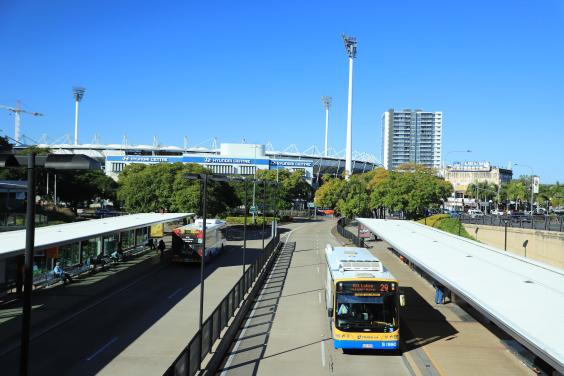
Buses
Most buses on our network are accessible, as older buses are retired from service, they are replaced with new accessible buses which have:
- low floor entry
- a ramp
- allocated space for wheelchairs and mobility scooters (read more about travelling with prams and strollers).
Busway stations
Busway stations are equipped with lifts, ramps, pathways and are fully accessible. They also have tactile ground surface indicators to assist customers with vision impairment. Hearing loops are available at busway stations during emergencies.
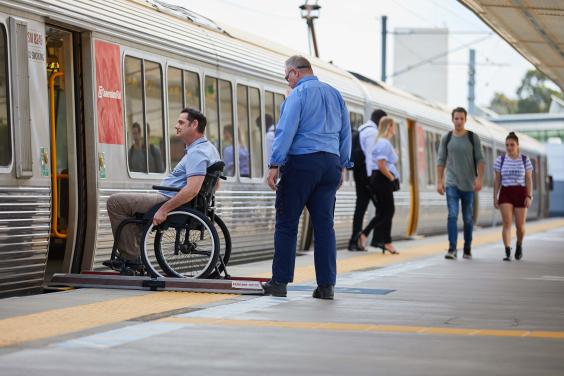
Trains
Wheelchairs and mobility scooters can be taken on all Translink train services.
Allocated spaces for wheelchairs and mobility devices are in the middle carriage on all train services. To use these spaces, please wait at the assisted boarding point indicated by the international symbol for access, a white wheelchair on a blue background, located in the middle of the platform. Staff will deploy a ramp at these points for you to board or get off the train.
Priority seating for people with a disability, older adults, those who are pregnant, have an injury or travelling with young children are located near the door in every carriage.
Train stations
The level of access varies across the train network. Many stations can be accessed by lifts and ramps, and offer a combination of other accessibility features, such as hearing aid loops and tactile ground surface indicators.
Visit the Queensland Rail website to find out what facilities are at your station.
Queensland Rail has a rolling Station Accessibility Upgrade Program, focused on making improvements to our stations and facilities.
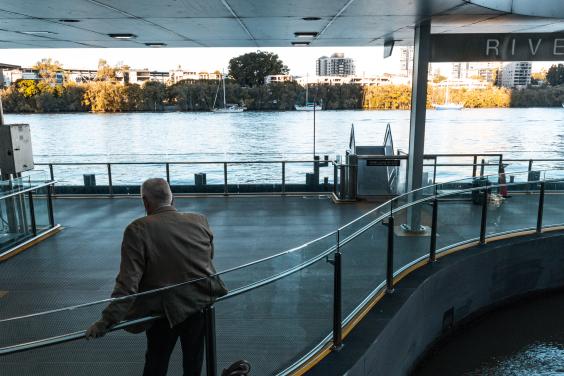
Ferries
All CityCat ferries are fully accessible, with four spaces for wheelchairs and mobility scooters on each vessel.
CityHopper and Cross River Ferry services are not accessible.
All Bay Island Transit ferry services have two allocated spaces for wheelchairs and mobility scooters.
CityCat terminals
Many of the CityCat terminals are fully accessible. You can find out which terminals are accessible by using the ferry network map.
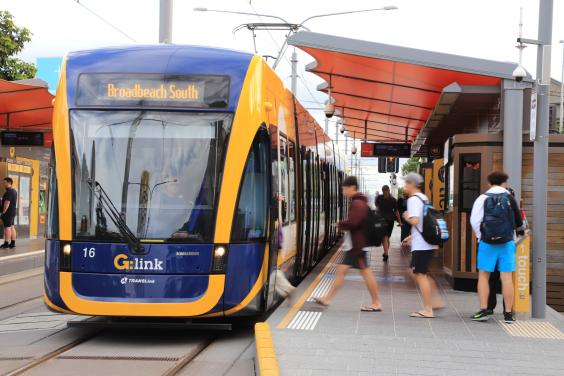
Trams
Wheelchairs and mobility scooters can be taken on all G:link tram services.
An allocated space is located towards both the front and rear of the tram. Please wait at the boarding point towards the front of the tram and the access ramp will be arranged by the driver.
Tram stations
Each G:link platform has two boarding assistance points. These boarding points are aligned with the tram modules that have an allocated space for mobility devices. They are marked bright blue with the universal wheelchair symbol.
All platforms have tactile ground surface indicators to assist customers with vision impairment.
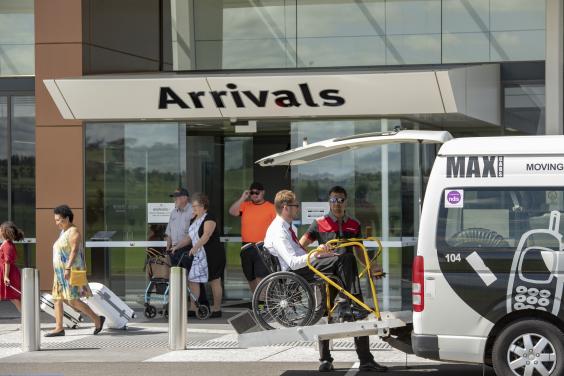
Taxis
Wheelchair and mobility scooters can be taken in accessible taxis. For safety reasons, it is mandatory for people who use mobility scooters to relocate to a fixed seat.
Accessible taxis are in all cities and some towns.